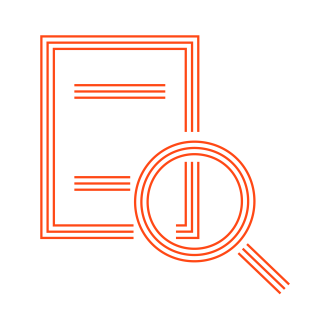Linking animal and human health burden: challenges and opportunities
Quantifying the human health impact due to poor animal health outcomes represents a complex challenge. Using the disability-adjusted life year (DALY) metric as an endpoint, we discuss how animal health outcomes can impact humans through three key processes: directly through zoonotic disease, indirectly via changes in yields and their impact on nutrition and wealth, and finally through indirect features associated with the agricultural industry, whether pharmaceuticals, or climate change. For each we discuss the current state-of-the-art and feasibility of global DALY-associated estimates.
For zoonoses, existing frameworks already consider some key pathogens; ensuring completeness in pathogens considered and consistency in methodological decisions is an important next step. For diet, risk factor frameworks enable a calculation of attributable DALYs, however there remain important economic methodological developments to ensure that local production changes are appropriately mapped to both local and global changes in dietary habits. With wealth-related impacts there remains much method development to happen. Industry-related impacts require a focus on key research topics such as attribution studies for animal antimicrobial resistance contributing to human outcomes; with climate change, identifying how much of associated emissions by the industry are amenable to change should animal health outcomes improve is a critical next step.
Allocation of finite funds to improve animal health needs to consider the downstream impact on humans too. Leveraging DALYs enables comparisons with other human health-related decisions, and would represent a transformative way of approaching animal health decision making should the obstacles in this article be addressed and new methods developed.

